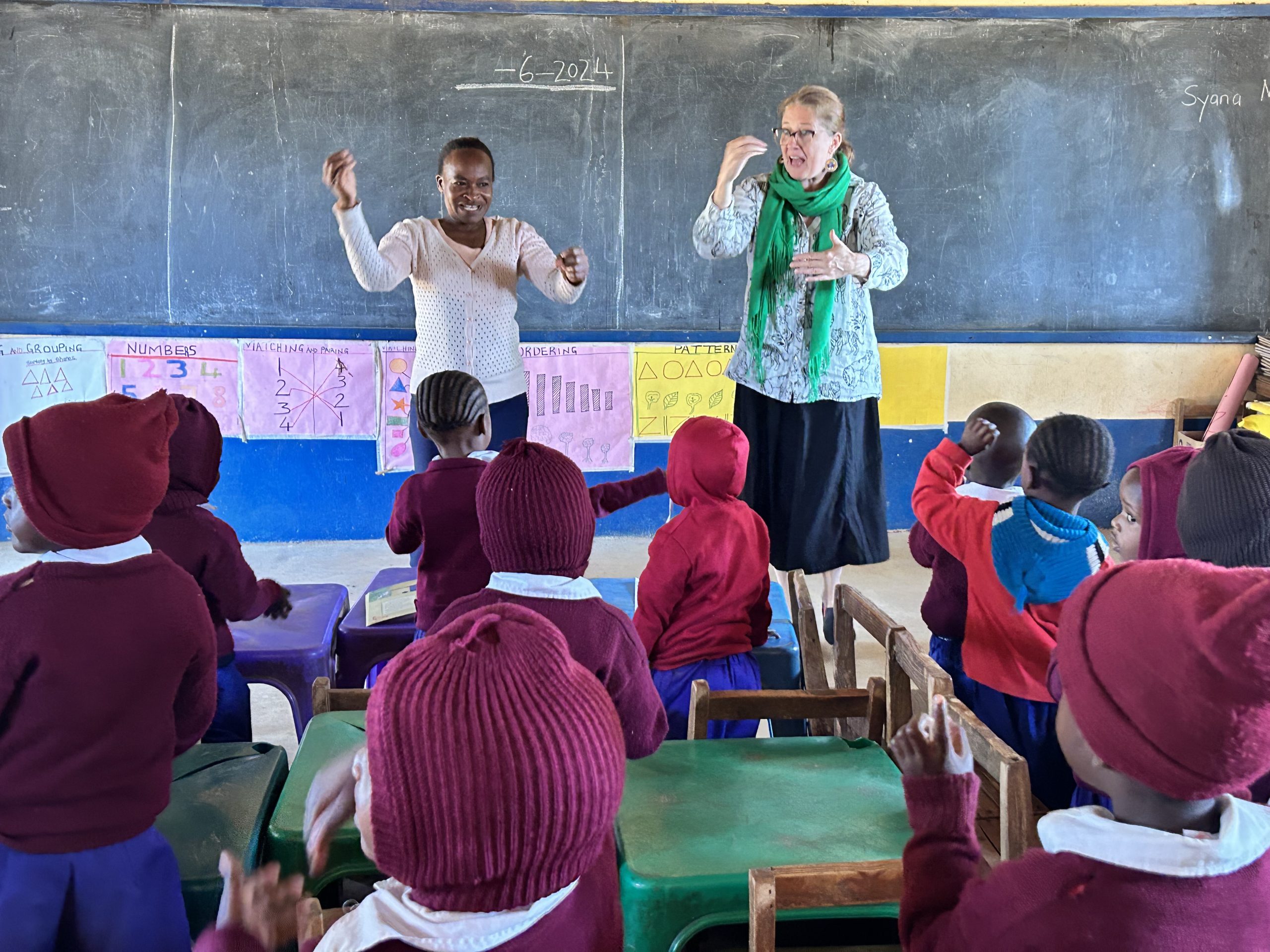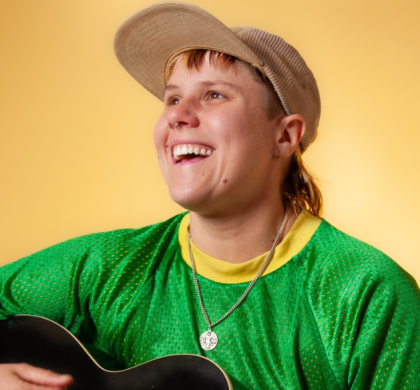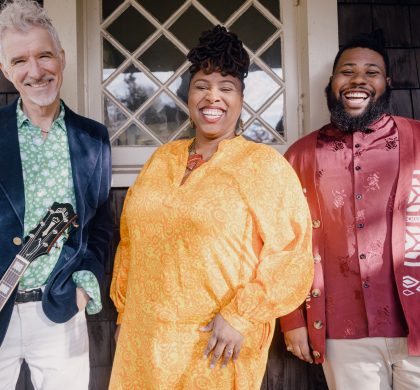Cultivating Education Rockstars

Oct 24, 2024
Wolf Trap Foundation has a long history of nurturing new and emerging talent across its programs. Many go on to become award-winning performers and musicians, but that tradition doesn’t apply solely to the artists who appear on the Foundation’s stages—it’s also found in the bright and shining work of Wolf Trap Institute for Early Learning Through the Arts’ Teaching Artists.
Wolf Trap Teaching Artists come from a multitude of backgrounds and arts disciplines. They are accomplished professional performing artists in music, drama, dance, storytelling, and puppetry who learn how to work in early childhood environments through the Institute’s new artist trainings and mentoring sessions.
During the initial five-day training, Wolf Trap Master Teaching Artists collaborate with new teaching artists to share strategies, workshop ideas, and create customized arts integration plans for classrooms with early educators and young children. After the training, Wolf Trap’s Master Teaching Artists continue working with the teaching artists to problem solve and provide guidance on best practices for early childhood.
Once they are ready to put these strategies to work, Wolf Trap Teaching Artists begin engaging with educators in classrooms, passing on valuable arts integration techniques. Some teaching artists participate in specialized trainings and go on to become Wolf Trap Master Teaching Artists; others choose to apply their newfound skills to work outside of the classroom.
Mentoring Others
Christina Farrell first began working with Wolf Trap as a teaching artist in 2007 and now serves as a Wolf Trap Master Teaching Artist and mentor to those entering the field. She has presented internationally on behalf of Wolf Trap Institute, most recently in Kenya. She loves serving as a mentor for new teaching artists.
“Each artist that comes to the training has a unique set of talents that enrich the Wolf Trap family,” says Farrell. “In every training I lead, there is always a moment of sheer delight when an artist takes a new creative approach that no one has tried before…I love that there is room within the structure for each artist to shine in their own way.”
A Tool for Social Entrepreneurship
Quynn Johnson began working as a Wolf Trap Teaching Artist in 2018. An award-winning tap dancer, Johnson first became interested in becoming a Wolf Trap Teaching Artist because she “wanted to discover a way to use [my] artform as a tool to help students build academic skills in the classroom.”
Johnson’s experience inspired her to pursue a master’s degree in education and co-found SOLE Defined, a percussive dance company based in the Washington, DC metro area. “The teaching artist training helped me to expand my creativity and dig deeper,” says Johnson. “From there I became inspired to discover ways to make a deeper impact in arts education.”
Johnson now splits her time between working in classrooms as a Wolf Trap Teaching Artist and leading SOLE Defined’s arts education program, which promotes positive self-expression through dance.
Reaching Children Through Performance
Latin singing duo 123 Andrés, who tell stories bilingually through their songs, first discovered Wolf Trap through its teaching artist training program. After attending the new artist training, the energetic duo’s Andrés Salguero and Christina Sanabria applied their newly acquired expertise to their work in performances on the stage.
“[We learned] how to bring books alive by using rhythms, our bodies, and real objects as simple props and costumes to re-enact and extend stories,” says Sanabria.
These days, Salguero and Sanabria perform across the country and produce a series of books and albums, the latest of which won a Grammy for Best Children’s Album. They continue to find a home at Wolf Trap and perform on stage at Children’s Theatre-in-the-Woods.
Whether on stage or in the classroom, Wolf Trap Teaching Artists are finding creative ways to harness their gifts. By leveraging their talent as a tool for arts integration, they continue to create meaningful impacts on young children, educators, and their families.
Recommended Posts

Jamming with Jules: Music for Kids of All Ages
Jul 21, 2025 - Education, Experience, For Kids, Institute, Summer

Dan Zanes: Creating Coolness and Commonality Through Social Music
Jul 17, 2025 - Education, Experience, For Kids, Summer

Todo Sonido: Your Guide to Festival Fun
Jul 07, 2025 - Experience, Summer
